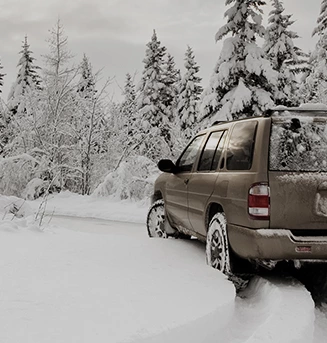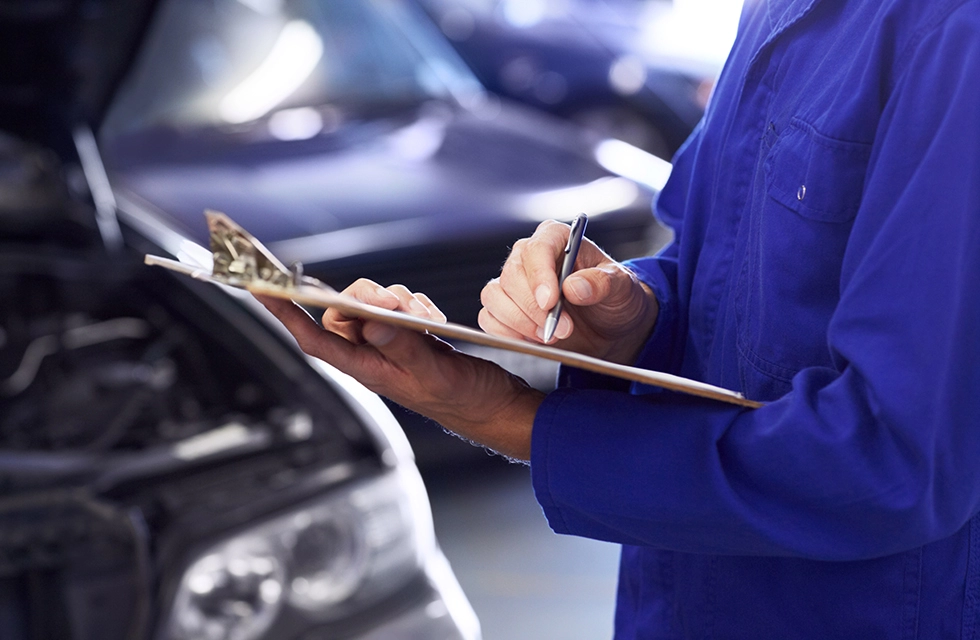Engine Hydration for Sterling Heights Drivers: Role of Your Water Pump
January 9, 2017
The cooling system in an engine has five components: the radiator, the radiator cap, the hoses, the thermostat and the water pump. The water is literally the heart of the system. Just as your own heart keeps your blood circulating through your body, the water pump keeps coolant circulating through your engine.
The water pump is driven by a belt, chain or gear and only operates while the engine is running. It has a limited life span and sooner or later will have to be replaced. You can check your owner's manual to find out how long your water pump should last. Some can fail at only 40,000 miles (64,000 kilometers), but almost all of them fail by 100,000 miles (160,000 kilometers).
Water pumps don't gradually wear out; they fail. In other words, they're either working or they're not. A failed water pump has to be replaced.
Water pumps can fail in two ways: they can spring a leak or their bearings fail. Leaks can come from a cracked pump but usually develop at the gasket where the pump attaches to the engine.
If you hear a low-pitched grinding sound coming from the water pump, it's time for a new one. If you see coolant leaking in the area near the pump, it needs to be replaced. Also, coolant on the driveway could indicate water pump failure. Many water pumps aren't visible because they're under a plastic cover, so you may have to take your vehicle to Sterling Tire & Auto to know if the water pump has failed. If your water pump is run by the timing belt, then it should be replaced when you replace the belt. Most timing belts need to be replaced at around 60,000 to 90,000 miles (100,000 to 150,000 kilometers). The labor for replacing a timing belt is about 90% the same for replacing a water pump, so it's cost-effective to take care of them both at the same time. Also, if your water pump develops a leak (if it's powered by the timing belt), you have to replace the timing belt as well since contamination by coolant fluid damages the belt. It just makes sense for Sterling Heights residents to replace both of these parts whenever either one needs it.
Replacing a water pump at Sterling Tire & Auto is a vehicle care issue that almost all of us Sterling Heights residents face eventually. They don't last forever. On the other hand, we can extend the life of most of the components of our vehicle through preventive maintenance. Just as exercise and diet keep our heart healthy, regular check-ups and fluid changes will keep our vehicles healthy. Talk to your friendly and knowledgeable Sterling Tire & Auto service advisor.
Sterling Tire & Auto
34701 Van Dyke Rd
Sterling Heights, Michigan 48312
586-264-7775
Need Service?
More articles from Sterling Tire & Auto

A Most Important Part (Serpentine Belt Replacement)
December 7, 2025
Your vehicles engine is an engineering work of wonder with many complex parts working in harmony to get you down the road. One of those simple but important components is called a serpentine belt. It is driven by a pulley on the engine and transfers that power to many of your engines most importa... More

No Fueling Around (Fuel Filter Replacement)
November 30, 2025
A driver called in to the shop the other day saying his European sports sedan had an odd problem. He was driving when his car started to slow down. Applying more throttle didn't help. He pulled over to the side of the road, shut the engine off and waited a few minutes before starting it up aga... More

Giving CV Joints the Boot! (CV Joint and Boot Replacement)
November 23, 2025
Ever wonder how your vehicles transmission is connected to your wheels? After all, when you hit a pothole or some other uneven part of a roads surface, there has to be something that can maintain the connection between the transmission and the wheel yet keep everything moving at the same speed. ... More








